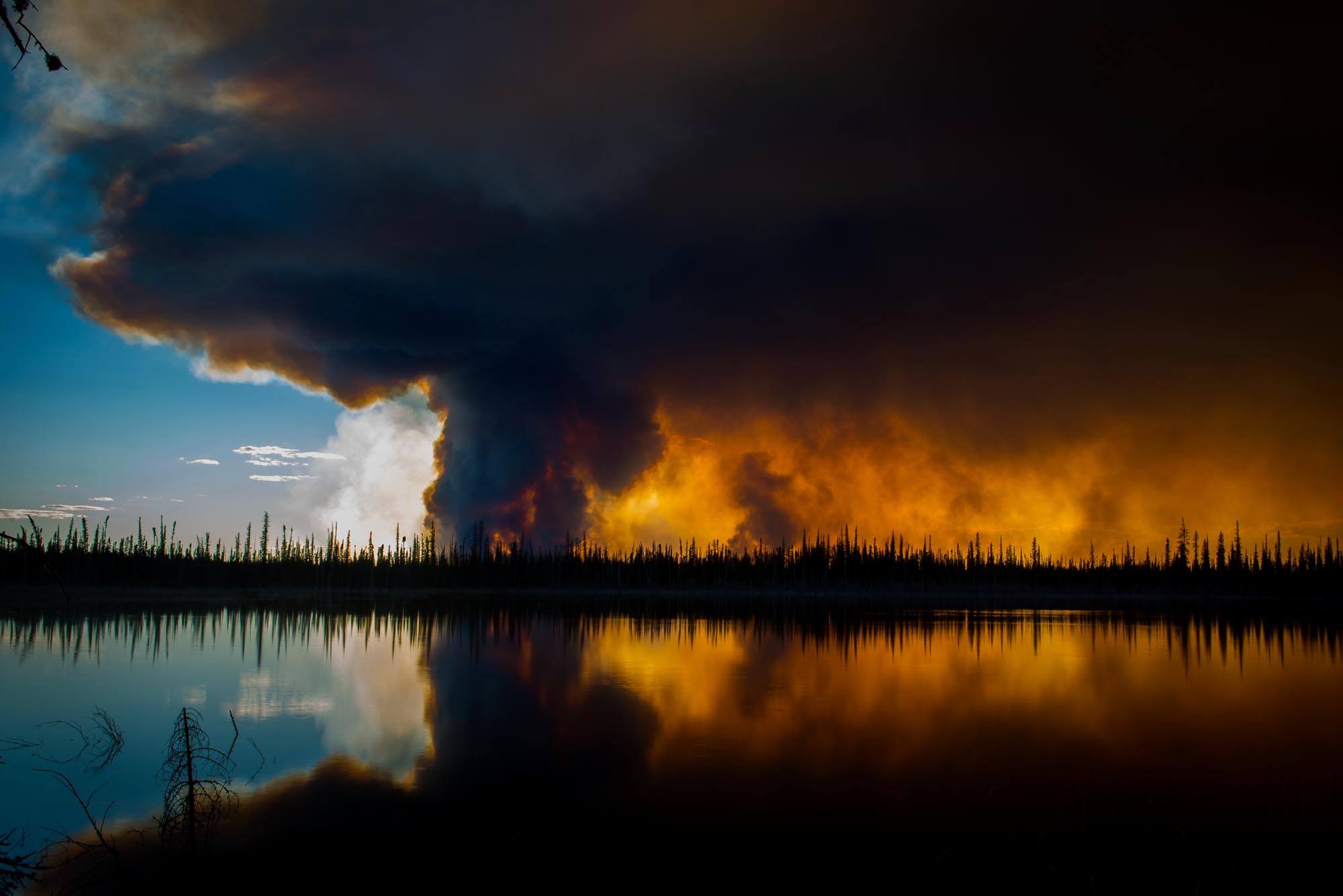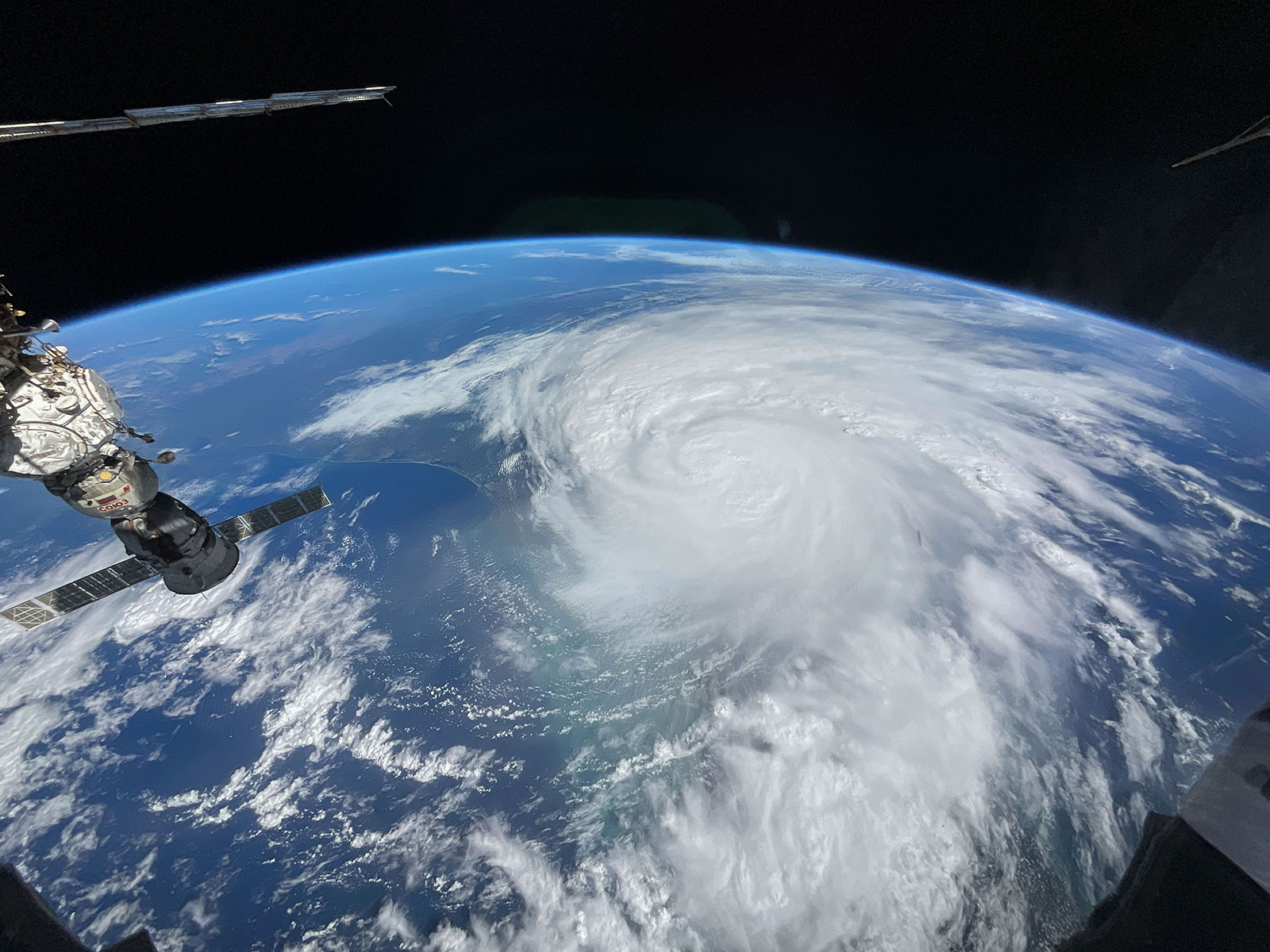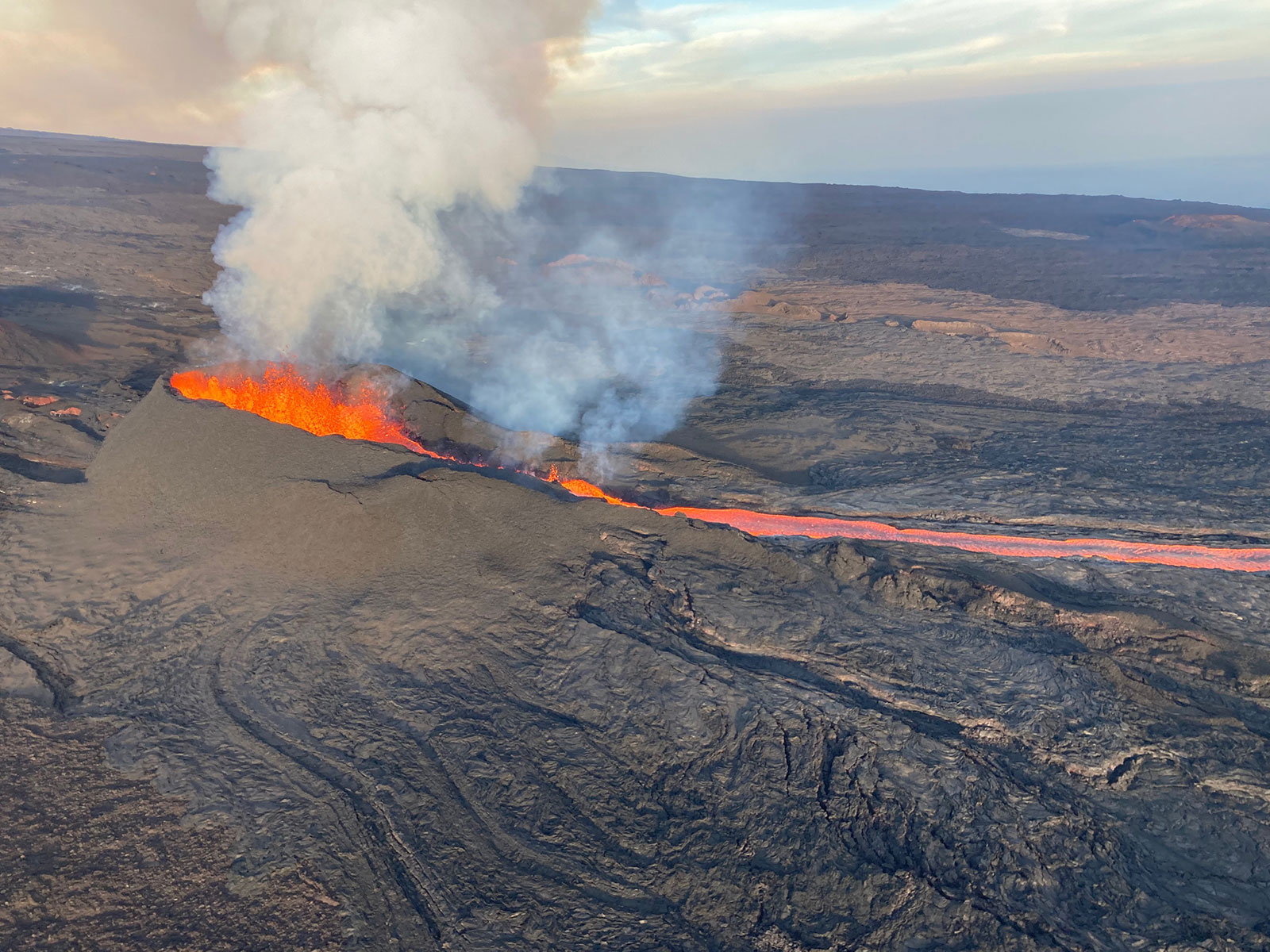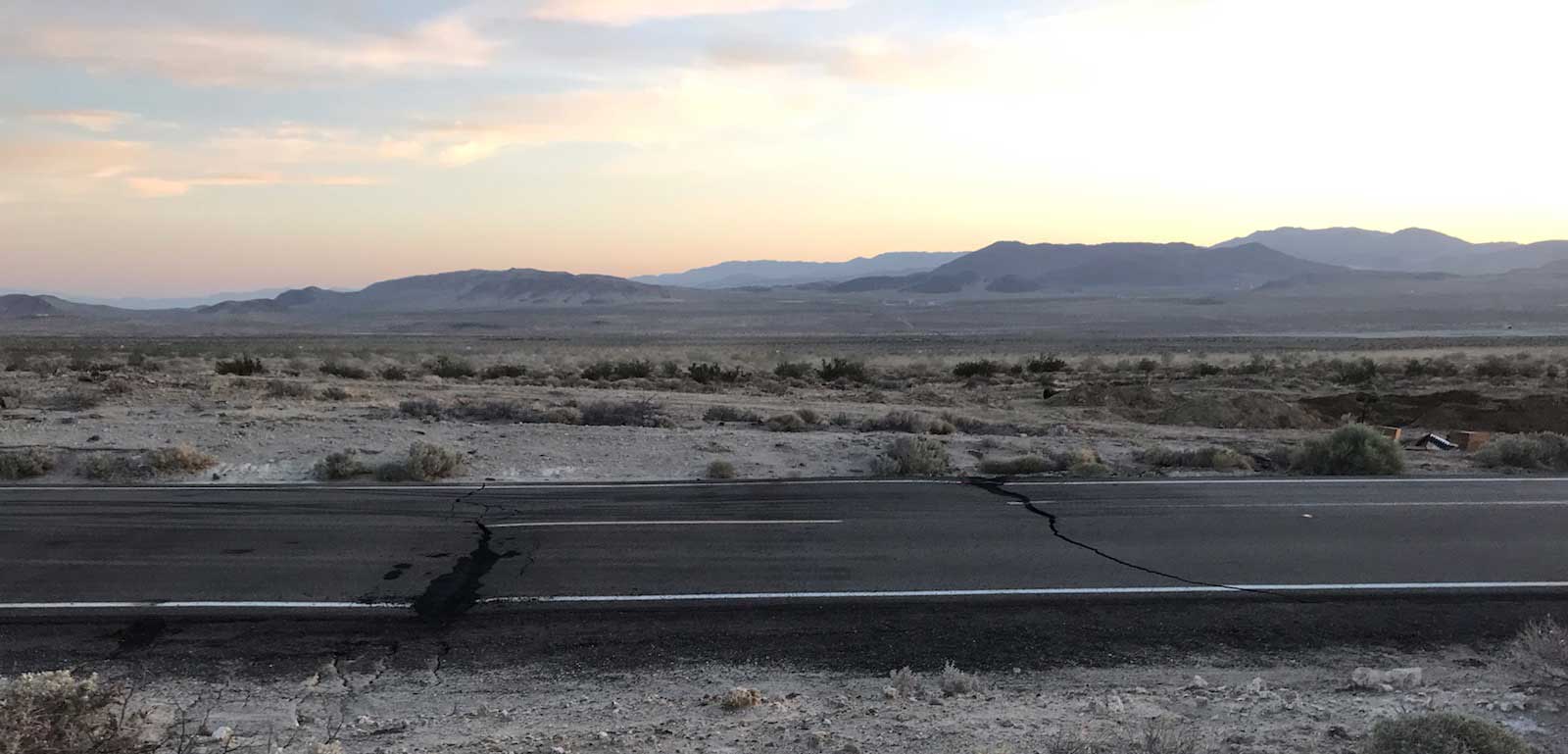Boreal Forest Fires
Importance
The boreal forest is the world’s largest terrestrial biome, encircling the northern hemisphere’s Arctic and sub-Arctic regions and storing an immense amount of carbon both above and below the surface. But as the climate warms, fires are becoming more frequent.
The Concord Consortium is collaborating with scientists at the University of Colorado Denver and the University of Montana who are studying the past, present, and future of boreal wildfire feedback loops. Earth’s boreal forests have experienced regular wildfires throughout history. In fact, many of the tree species rely on periodic wildfires to seed and grow. However, an increase in wildfires due to climate change threatens the resilience of this ecosystem. The increased frequency and extent of these fires may substantially change the boreal forest ecosystem and result in a different composition of both tree types and resident fauna.
The Concord Consortium’s role in this project is to design and develop a boreal forest fire simulation that can be used by middle and high school students. The model will allow students to investigate the rate of regrowth for different types of vegetation (e.g., deciduous vs. coniferous trees) over time and with multiple fire events in close succession. Students will be able to create wildfires, view the extent of each burn, and monitor a graph that calculates and displays the total amount of carbon contained in vegetation in the simulation. The simulation will be embedded in a freely available online activity that will be accessible on the STEM Resource Finder. In the activity, students will be able to explore how boreal forest succession may be impacted by a drier and warmer climate.
Research
The primary research goal is for scientists to investigate Arctic and sub-Arctic ecosystem change over time and identify thresholds in both climate and vegetation that govern boreal forest resilience and fire behavior in a warming climate.
The secondary goal is to disseminate some of the findings of the research through a scientifically valid and easy-to-use simulation and curriculum activity. This will enable educators worldwide to explore wildfires in Arctic and sub-Arctic boreal forests and investigate the impacts that climate change may have on this important ecosystem.
Publications
- Lord, T., Horwitz, P., Pallant, A., & Lore, C. (2024). From experience to explanation: An analysis of students’ use of a wildfire simulation. Educational Technology Research & Development. https://doi.org/10.1007/s11423-024-10433-2







